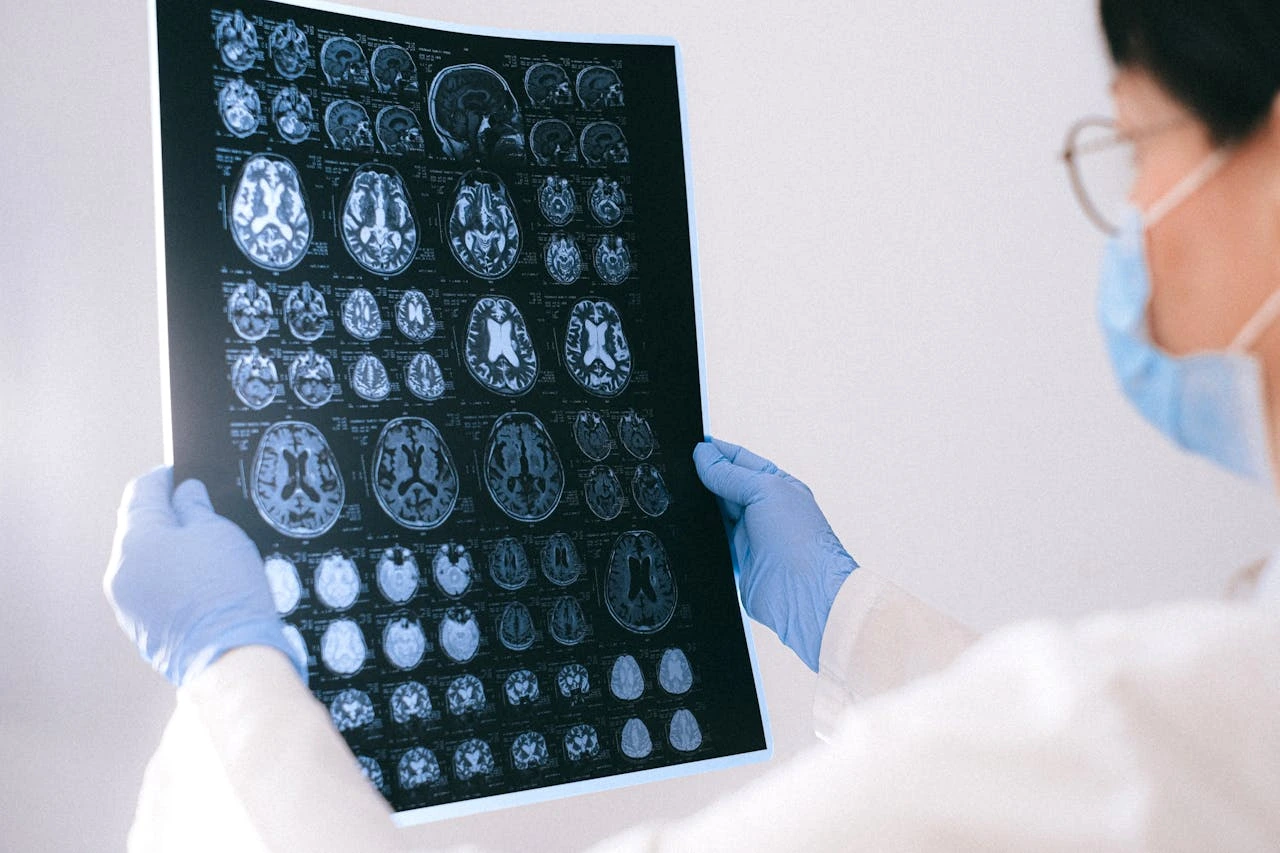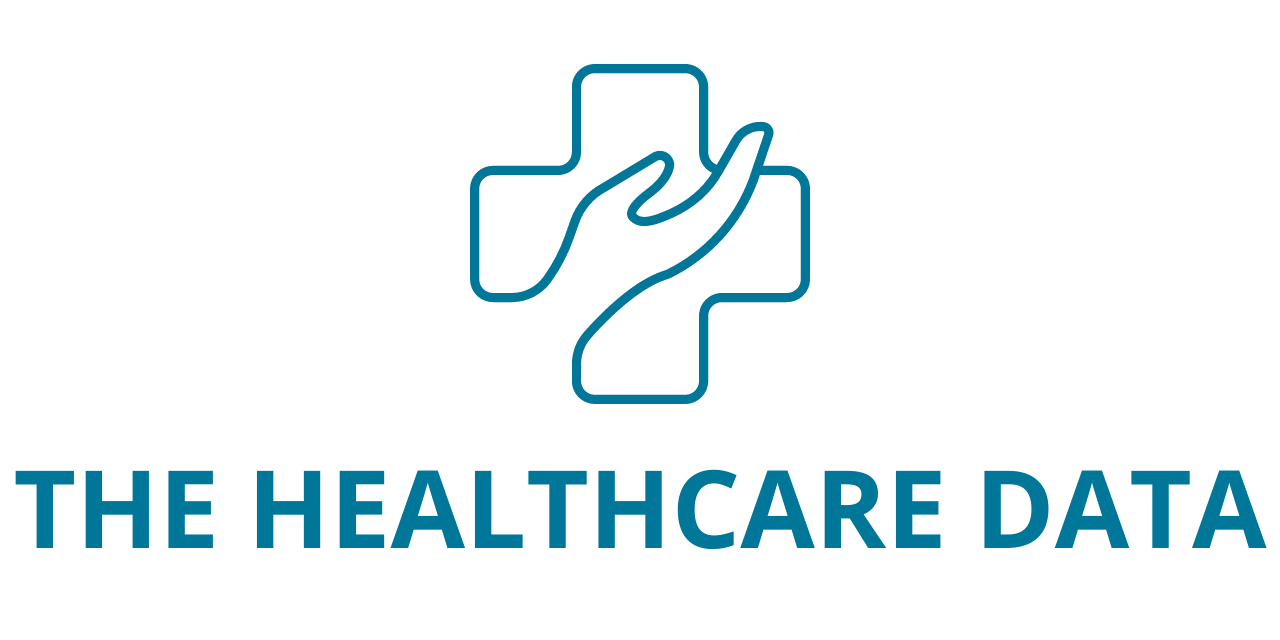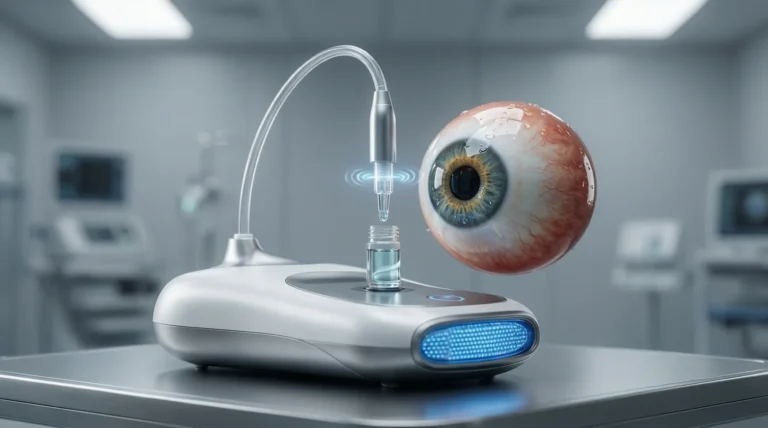
Perspectum recently announced two published research studies that offer hope to those with metabolic dysfunction-associated steatohepatitis (MASH). The studies validate the effectiveness of quantitative MRI imaging as a potential alternative to liver biopsy in certain clinical trials and patient care management.
The first study highlights how noninvasive quantitative MRI scans can accurately and consistently identify liver disease. Perspectum’s second study, involving participants in three multicenter clinical trials, demonstrates that changes in MRI biomarkers can predict biopsy results and identify patients likely to respond to drug treatment. Specifically, an 80ms reduction in cT1 predicted histological improvement.
In March 2024, Rezdiffra became the first FDA-approved treatment for patients with MASH. A strong pipeline of MASH drugs is in development in the U.S., with anticipated approvals in the coming years. For instance, Eli Lilly’s tirzepatide for Metabolic Dysfunction-Associated Steatotic Liver Disease (MASLD) showed significant reductions in cT1 and liver fat over 52 weeks, as reported in the New England Journal of Medicine in June 2024. Noninvasive tests (NITs) that reliably monitor liver health could reduce the reliance on liver biopsy, currently the “gold standard” primary endpoint in MASH clinical trials. This new research may encourage pharmaceutical companies and regulatory bodies to consider NITs as a viable alternative for tracking disease progression and monitoring patient outcomes noninvasively.
Perspectum’s CEO, Dr. Rajarshi Banerjee, stated, “Liver biopsy is neither safe nor accurate for assessing liver disease. Quantitative MRI offers a safer, more scalable alternative, and with growing data support, the case for replacing liver biopsy with quantitative MRI in clinical practice and trials becomes stronger.”
Dr. Naim Alkhouri, Chief Medical Officer and Director of the Fatty Liver Program at Arizona Liver Health, and the study’s lead author, added, “Establishing a cT1 reduction threshold that predicts histological improvement in MASH could greatly impact the field and potentially replace the need for liver biopsy in future clinical trials.”
Dr. Banerjee concluded, “With continued support from the liver disease community, more studies like these may lead pharmaceutical companies to reconsider how they monitor patients in clinical trials.”
About LiverMultiScan
LiverMultiScan is an FDA-cleared technology addressing the critical need for noninvasive methods to diagnose and monitor chronic liver diseases, such as nonalcoholic steatohepatitis, autoimmune hepatitis, and viral hepatitis. LiverMultiScan uses a multiparametric MRI scan to accurately assess liver disease activity, severity (via the proprietary cT1 metric), fat, and iron content, providing a comprehensive view of liver health.
About the FDA-Supported Study
This project was supported by the U.S. Food and Drug Administration (FDA) of the Department of Health and Human Services (HHS) under financial assistance award [U01FD006880], totaling $249,940, fully funded by FDA/HHS. The content reflects the authors’ views and does not necessarily represent the official views of, nor an endorsement by, FDA/HHS or the U.S. Government.




